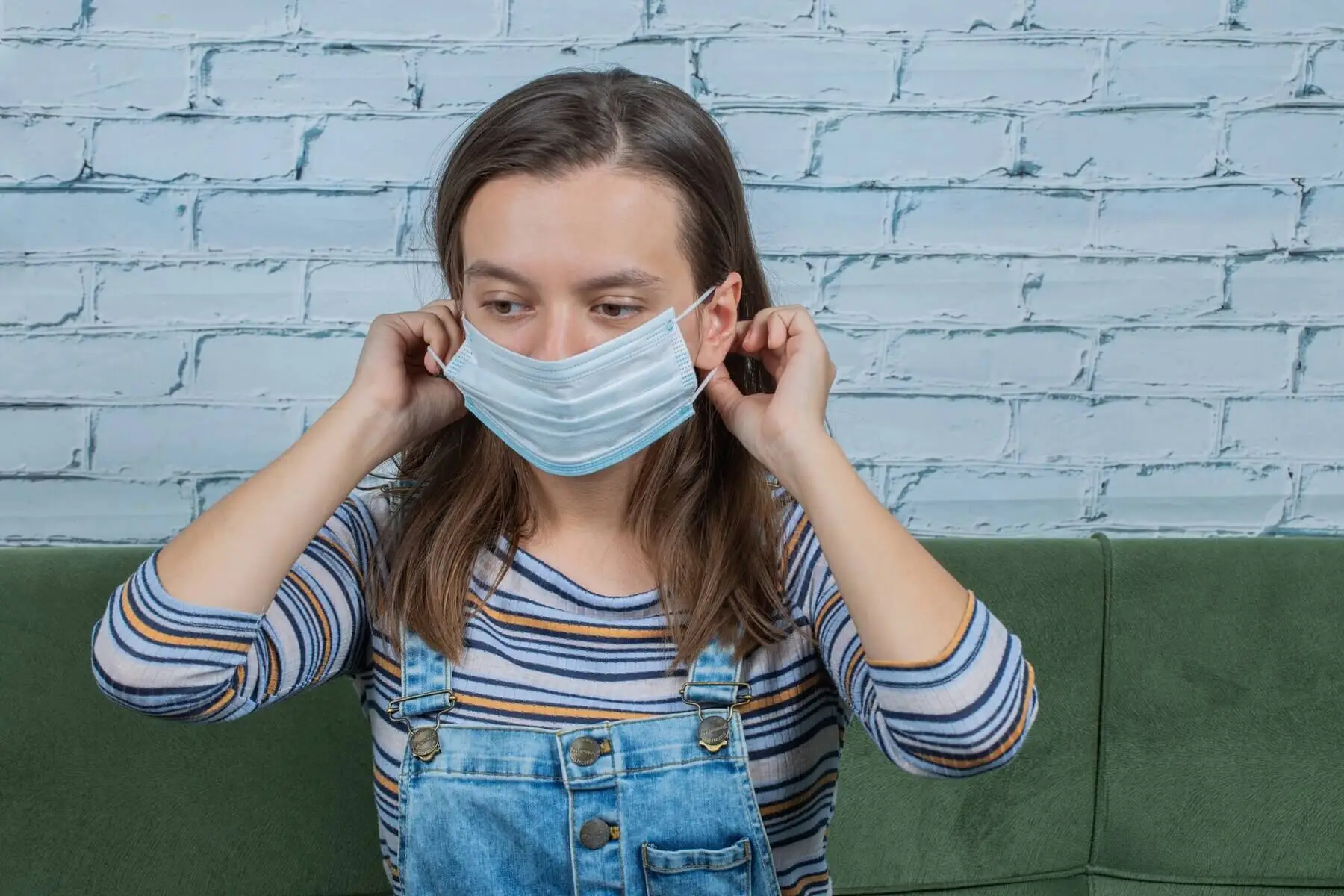Croup, medically known as laryngotracheitis, is a common respiratory illness characterised by inflammation and swelling of the upper airway, particularly the larynx, and trachea. This inflammation leads to the classic symptoms of croup, including a harsh barking cough, inspiratory stridor, and respiratory distress. Croup is primarily a childhood illness, typically affecting children aged 6 months to 6 years, although it can occur at any age.
The most common cause of croup is viral infection, with parainfluenza viruses responsible for the majority of cases. Other viruses, including influenza, respiratory syncytial virus (RSV), adenovirus, and rhinovirus, can also lead to croup. In rare cases, bacterial infections may contribute to croup, particularly in severe or recurrent cases.
Quick Guide:
- Risk Factors for Croup
- Signs and Symptoms of Croup
- When to Seek Medical Attention
- Management of Croup
- Prevention Strategies for Croup
Risk Factors for Croup
- Age: Croup is most common in children under the age of six, with peak incidence between 6 months and 3 years.
- Seasonality: Croup often peaks in the fall and winter months, coinciding with the prevalence of viral respiratory infections.
- Exposure to Respiratory Viruses: Close contact with individuals infected with respiratory viruses increases the risk of developing croup.
- History of Croup: Children who have experienced croup in the past may be more susceptible to recurrent episodes.
- Environmental Factors: Exposure to tobacco smoke or air pollution may exacerbate symptoms of croup.
Signs and Symptoms of Croup
Croup typically presents with a constellation of symptoms that can vary in severity. The hallmark signs and symptoms include:
- Barking Cough: A distinctive, harsh cough resembling the sound of a seal or barking dog.
- Inspiratory Stridor: High-pitched, musical sound heard during inhalation, caused by narrowed airways.
- Hoarseness: Changes in voice quality due to inflammation of the larynx.
- Respiratory Distress: Rapid or laboured breathing, often accompanied by retractions (visible pulling in of the chest wall) or nasal flaring.
- Fever: Some children with croup may develop a low-grade fever, although high fevers are less common.
- Restlessness or Irritability: Children with croup may appear agitated or distressed due to difficulty breathing.
- Symptoms Worsening at Night: Croup symptoms often worsen during the night, leading to disturbed sleep patterns for both the child and caregivers.
When to Seek Medical Attention
Parents and caregivers should seek medical attention promptly if a child exhibits any of the following signs or symptoms:
- Severe Respiratory Distress: Struggling to breathe, with noticeable retractions, nasal flaring, or chest indrawing.
- Cyanosis: Bluish discoloration of the skin, lips, or fingernails, indicating poor oxygenation.
- Difficulty Swallowing or Drooling: Difficulty swallowing saliva, along with excessive drooling, may indicate airway obstruction.
- Lethargy or Altered Mental Status: Drowsiness, confusion, or difficulty arousing the child may signal inadequate oxygenation.
- Persistent High Fever: A fever persisting beyond 72 hours or accompanied by others concerning symptoms warrants medical evaluation.
- History of Severe Croup: Children with a history of severe croup or recurrent episodes may require closer monitoring and early intervention.
Prompt medical evaluation is crucial to assess the severity of symptoms and initiate appropriate treatment, especially in cases of severe respiratory distress or complications.
Management of Croup
Tips for Managing Symptoms at Home
- Maintain a calm and reassuring environment for the child, as anxiety and stress can worsen symptoms.
- Encourage rest and adequate sleep to support the child’s recovery.
- Use a cool-mist humidifier or steam from a hot shower to help alleviate airway inflammation and reduce coughing.
- Keep the child well-hydrated by offering frequent sips of water or clear fluids to soothe the throat and prevent dehydration.
- Avoid exposure to tobacco smoke or other irritants that can exacerbate respiratory symptoms.
Medical Interventions
- Corticosteroids: Oral or parenteral corticosteroids, such as dexamethasone or prednisolone, are the mainstay of treatment for croup. They work by reducing airway inflammation and improving symptoms within a few hours. A single dose is often sufficient, although a second dose may be required in severe cases or for children with underlying conditions.
- Nebulised Epinephrine: Nebulised epinephrine acts as a bronchodilator, reducing airway swelling and improving breathing. It is typically reserved for children with moderate to severe croup who do not respond adequately to corticosteroids or for those with impending respiratory failure. However, its effects are short-lived, and close monitoring is required after administration.
Role of Hospitalisation in Severe Cases
Hospitalisation may be necessary for children with severe croup who fail to respond to initial treatments or for those at increased risk of complications, such as infants under six months of age or children with underlying health conditions.
In the hospital, supportive care may include supplemental oxygen, intravenous fluids, and continuous monitoring of respiratory status. Nebulised epinephrine and repeated doses of corticosteroids may also be administered as needed.
Overall, the management of croup involves a combination of home care measures, supportive therapies, and pharmacological interventions tailored to the severity of symptoms and individual patient factors. Close monitoring and timely intervention are essential to ensure optimal outcomes and prevent complications.
Prevention Strategies for Croup
- Vaccination against specific viral pathogens, such as influenza and measles, can help prevent some cases of croup by reducing the overall burden of respiratory infections.
- Practising good hand hygiene, including frequent handwashing with soap and water, is essential for preventing the spread of respiratory viruses that can cause croup.
- Encourage respiratory etiquette, such as covering the mouth and nose with a tissue or elbow when coughing or sneezing, to reduce the spread of respiratory droplets.
- Avoid close contact with individuals sick with respiratory infections, especially those exhibiting symptoms of croup or other respiratory illnesses.
If you suspect that your child may have croup or exhibit severe symptoms, seek medical attention promptly. Early recognition and appropriate management make a difference and help prevent complications.
For consultation and personalised care, reach out to Shire Doctors. Contact us today and schedule an appointment.


